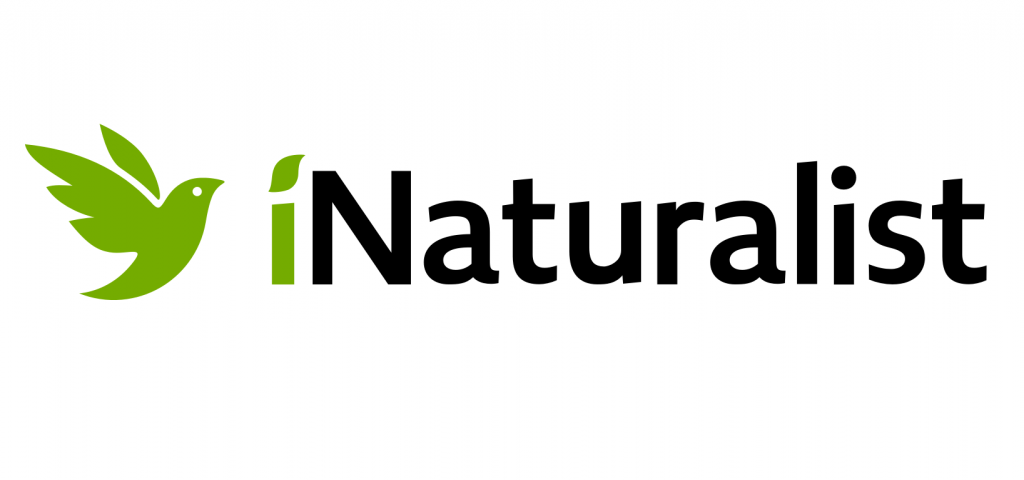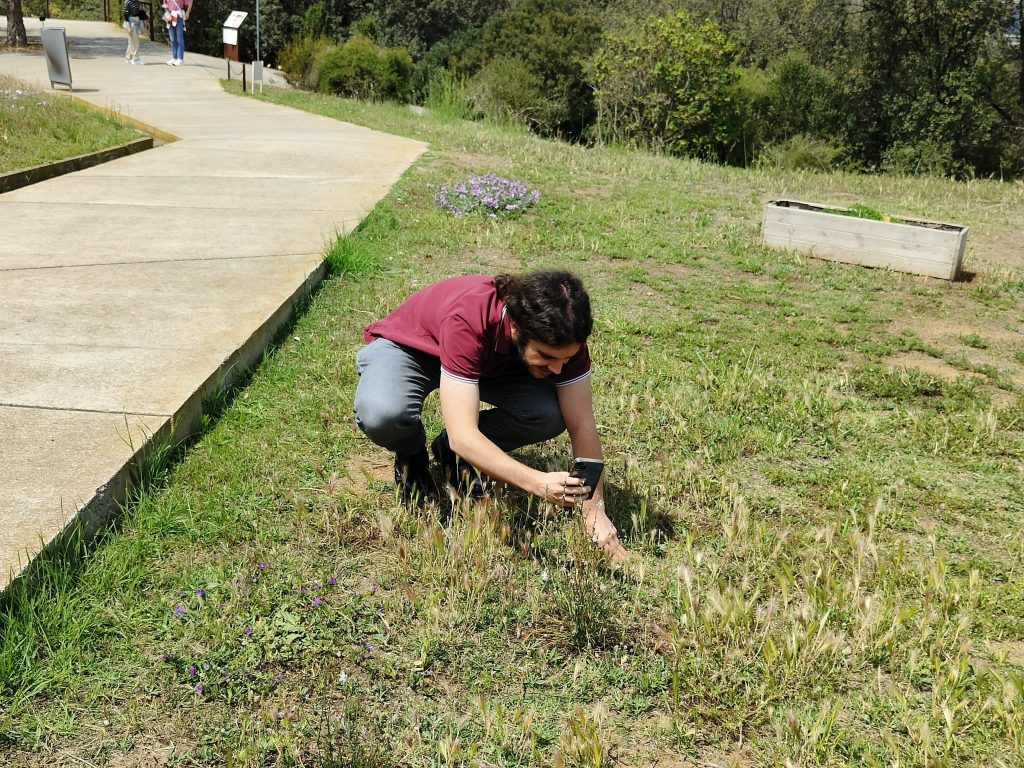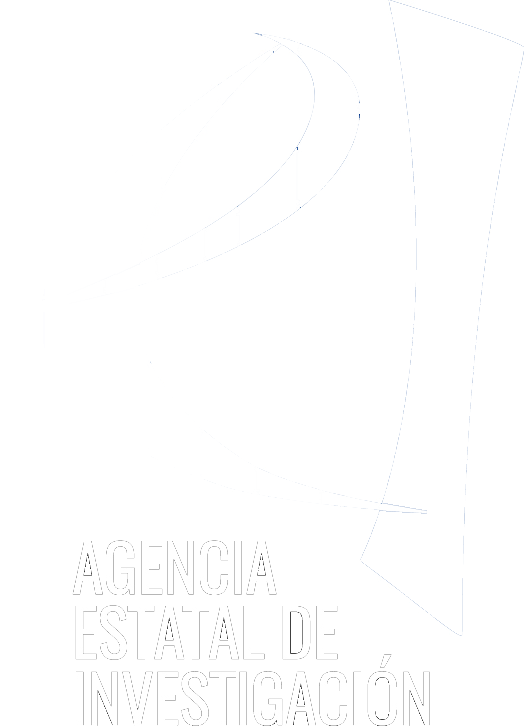iNaturalist: Could a citizen be a scientist? A double-edged sword
Citizen science is emerging as a key resource for botanical research, allowing the public to actively contribute to the study of biodiversity. Platforms such as iNaturalist are prominent examples of this phenomenon, with millions of users recording observations of plants, animals and fungi on a global scale. Despite the benefits, experts warn of the data quality challenges facing citizen science.

When we find an animal or plant in the field, we often do not know the species. However, we could have an inherently human desire to know what we see. Additionally, these observations, could have an additional value in science if, for example, we use them to study where a threatened plant species grows or to do research on bird or butterfly migration. Here is where citizen science comes into play, as the general population can take part in activities contributing to scientific research. Citizen science is especially useful as the population—which acts like an army of non-professional scientists—is able to make observations in a larger space and over a longer period of time than professional scientists can do individually. This participation of the citizen science has undergone through a great growth in the last years thanks to the internet and the widespread use of smartphones that make it easier to share information with researchers.
One proof of this growth is the case of iNaturalist, a tool for citizen science and a social network based on recording biodiversity observations across the world. On this platform, users record their observations of plants, animals or fungi by uploading images or audio files, and the rest of the users can contribute to the correct identification of the species or adding comments. This platform has at present nearly 3 million users and more than 170 million records that have allowed scientists to even discover new species for science, such as Gonolobus naturalistae, native of the eastern coast of Mexico, described at the end of 2020.

One of the main pillars of iNaturalist is the interaction between users, which can be seen, among other examples, in the validation system of the observations: when a user adds an observation, this same user suggests an identification of what he/she has seen, and the rest of the users are the ones to add their own identifications and comments, validating the first identification or refuting it. Once two-thirds of the identifications agree, the observation is considered validated and is included on the Global Biodiversity Information Facility (GBIF), the main global biodiversity database. Despite that, this growth in field data from non-professional scientists could sometimes be detrimental to the quality of the data and produce misleading study results when using this data. For this reason, those aspects of iNaturalist that negatively contribute to data quality in plant research are analyzed and have explored several proposals in this regard are explored. This work, led by Eduard López-Guillén and Jordi López-Pujol from the Botanical Institute of Barcelona (IBB) and Ileana Herrera from the Espíritu Santo University, has received the collaboration of other researchers from the IBB (linked either to the Spanish National Research Council, CSIC, or to the Natural History Museum of Barcelona) as well as other research institutions.

According to the study published in the journal Diversity,one of the main problems related to the use of data from citizen science in scientific investigations are the deficiencies in the validation system. As it is a platform open to everyone, observations are routinely incorporated into GBIF under an incorrect name as a result of several users validating wrong identifications. According to the authors of the present study, this problem could be avoided by being more rigorous and, for instance, increasing the number of identifications needed to include observations in GBIF or giving more value to the identifications made by experts.
“We often found blurry images or images done too far away or too close, which does not allow us to correctly identify the species displayed in the observation”comments Eduard López-Guillén. The fact is that the quality of the images, normally taken with a mobile device, is one of the main reasons why some species are misidentified. One possible solution to this could be to include various images for each observation and to show different parts of the plant, as, in botany, it is common for species to be distinguished from one another based on very specific characters. Using size references (rulers or coins) as well as color references (color palettes) could notably increase the quality of these images.“ “Moreover, we also suggest adding a picture of the site where the plant was found growing in order to tell if the plant is cultivated or wild” says López-Guillén. This is an important aspect because the use of records of cultivated plants could distort study results of, for example, investigations focused on knowing where some plants can grow (as many plants are cultivated in places where they could not naturally grow and, indeed, they survive there thanks to irrigation and other treatments). Therefore, they advise notifying whether a plant is cultivated or not, which is an option that exists in iNaturalist but which is rarely used. “In other occasions, the accuracy of the coordinates is so low that a terrestrial plant appears growing in the middle of the sea, which, again, is translated into important mistakes if we want to know under which conditions a plant could be found” the researcher adds and keeps explaining “it would be ideal to make it compulsory to indicate the geographical accuracy of the observation, which now is just optional”.

Finally, this study also highlights the problems regarding the duplicate observations, i.e., when there are multiple observations of a single organism. “These duplications can lead us to mistakenly believe that, for instance, there are more individuals in a population of an endangered species that there actually are (since all the observations are referring to the same individual)”. Additionally, this problem is more common in plants that in animals due to their static nature.
As a response to this last problem as well as others that may arise, López-Guillen concludes that “everything we propose here are mere recommendations. We should not forget the main role of this tool is to bring people closer to biodiversity and, therefore, researchers are the ones that, at the end of the day, are responsible for filtering and selecting data”.














